Historical Architecture of Grosse Pointe – Welcome to 17100 E. Jefferson
Last week we presented 560 Cadieux, a superb arts and craft home created in 1911 by architect Frank E. Hill for the Breitenbach family.
This week we return to our series on Grosse Pointe’s ‘lost estates’ and present 17100 E. Jefferson, designed by the firm of Trowbridge & Ackerman for Dexter M. Ferry Jr., built in 1915. Over the past few weeks we have presented a couple of estates, in the same area, that have subsequently been demolished – 16850 E. Jefferson (demolished 1981), and 17000 E. Jefferson (demolished in the 1970s).
17100 is part of this distinctive group of homes that were located on large plots of land on the shores of Lake St. Clair, it was demolished in 1959 – one of the first of the grand estates to go.All three of these estates, that have been lost in this particular area, are now home to new developments on dead end streets – Sycamore Lane, Lakeside Court, and Stratford Place respectively.
The designers of the home, Frederick L. Ackerman, and Alexander Buel Trowbridge, were two extremely skilled architects. Both men, at one point, graduated from Cornell University, and then spent time traveling and studying in Europe. Trowbridge, a native of Detroit, spent time at the Ecole des Beaux-Arts in Paris (in 1890). On his return to the U.S. he become dean of Cornell’s architecture program, a position he held during the time when Ackerman was a student at the university. Following his deanship, Trowbridge returned to Detroit to work briefly in the office of George D. Mason, and then as a partner of Albert Kahn. He then moved to New York to form the firm of Trowbridge & Ackerman, in 1906, with his former student, Frederick Ackerman. The firm remained in New York, and the duo continued as partners until 1920.
The firm of Trowbridge & Ackerman was no strangers to creating magnificent estates in Grosse Pointe. Prior to designing 17100 E. Jefferson, they had completed 17020 E. Jefferson (in 1909 for Luther S. Trowbridge), and 123 Lakeshore (in 1910 for Truman H. Newberry).
Their work at 17100 E. Jefferson was a masterpiece. It was designed in the Early English Renaissance architectural style. Trowbridge & Ackerman ensured the home made the most of the lake frontage and the beautiful trees that were already on the property. Spurce: Tonnancour, Volume 1. The exterior of the home was light gray stucco with limestone trimmings, while the roof was constructed from red tile. The grand decorative entrance dominated the front of this asymmetrical house. The rear of the home, on the first floor, was the location of the main rooms so that each room had an uninterrupted view of the lake. Each of these rooms featured an abundance of large windows, making the most of the stunning views, while a series of French doors, and two expansive glazed-in loggias opened up onto a broad terrace. The interior, as depicted in the photos below is exquisite. Wood paneling is found in most rooms on the first floor, predominantly butternut in a gray-brown finish. The photos below are courtesy of: Architectural Review, Volume 8, published in 1919.
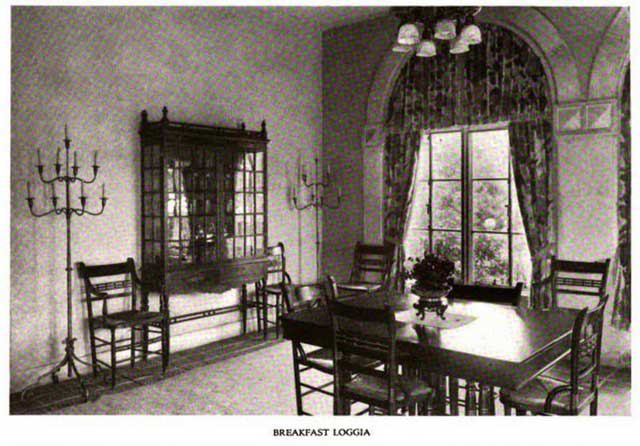
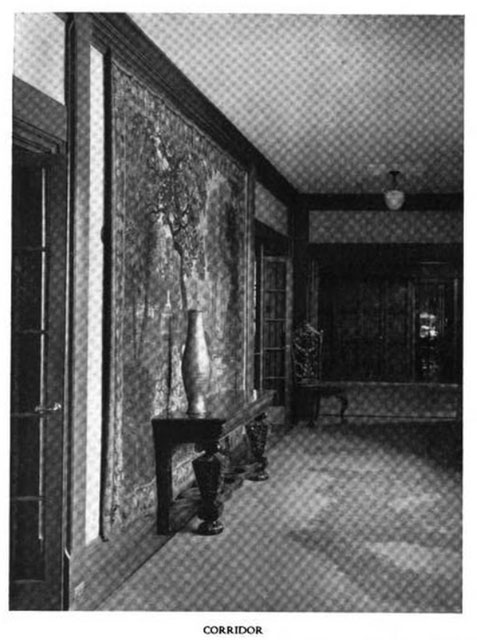



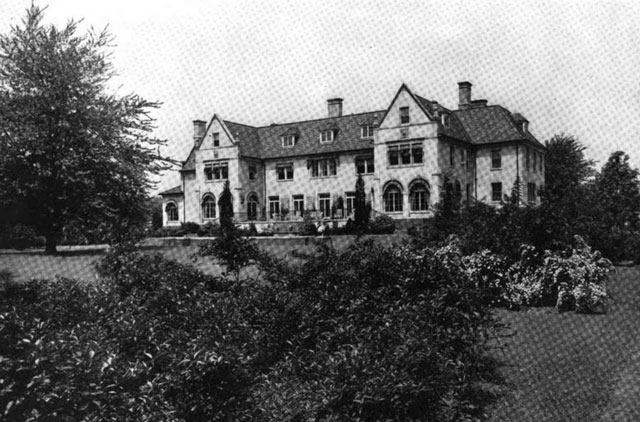
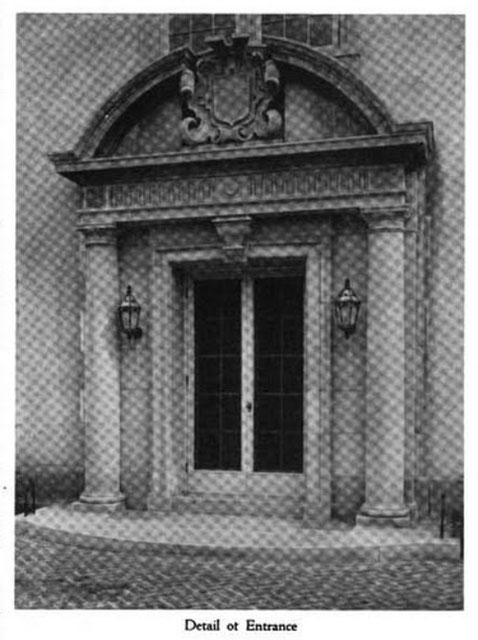

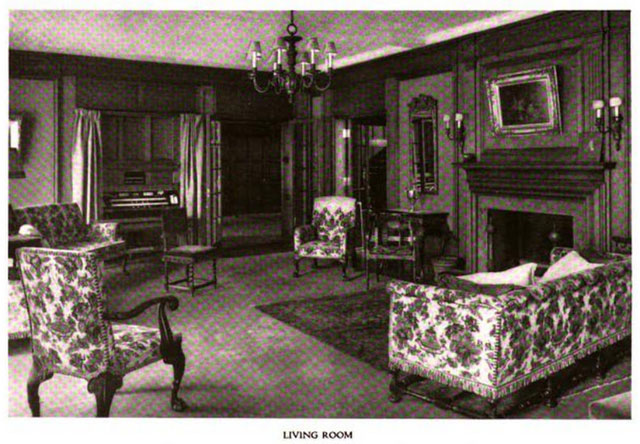
The grounds were filled with a spectacular array of trees. Elms bordered the long sweeping driveway, while the vast lawn, at the back of the house, was filled with ancient elms and maples. Renowned Cleveland landscape architect William Pitkin Jr. designed the original gardens. One of the leading landscape architects in the United States during the early 20th century Pitkin worked with some of the most prominent architects in the country, and created several estates in Grosse Pointe all of which were located on Lakeshore. You can read his full story by clicking here. Noted landscape architect Ellen Shipman, who was an extremely popular designer in Grosse Pointe, and had worked on many noted estates, designed further landscaping, down the side of the house.
The owner of the home Dexter M. Ferry Jr., was a prominent businessman in Detroit. Born in Detroit, 1873 he graduated from Columbia University with a Bachelor of Arts degree in 1898. After graduating he began working for his father, Dexter M. Ferry, first as treasurer of the National Pin Company and then, in 1900 at D.M. Ferry & Co (now known as the Ferry-Morse Seed Company). Source: Wikipedia. In 1901 he was elected a director of the firm, and subsequently became president. Mr. Ferry also held senior positions at two large insurance companies in the state of Michigan, along with holding the title of director at several banks. In 1900, Ferry was elected to the Michigan State House of Representatives as a representative from Wayne County, and served for two terms through 1904. During his career he also served in Word War 1, leaving with the rank of lieutenant colonel, in 1919, and served on the board of the DIA for many years. Source: Wikipedia. Image courtesy of: The City of Detroit, Michigan, 1701-1922, Volume 3.
In 1907 Dexter M. Ferry Jr. married Jeanette Hawkins, and together they had four children. His youngest son William (Hawkins Ferry) went onto become a respected architectural historian and authored ‘Buildings of Detroit’. Dexter M. Ferry Jr. died in 1959, aged 85. It would appear this spectacular house was demolished shortly afterwards, and is now the beautiful location of Stratford Place.
*Photos courtesy of the Higbie Maxon Agney archives unless stated.
Written by Katie Doelle
Copyright © 2019 Katie Doelle

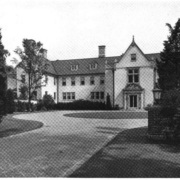
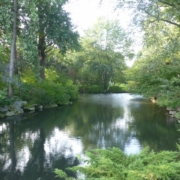
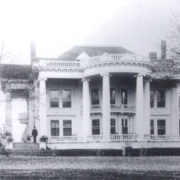
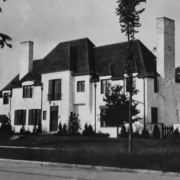
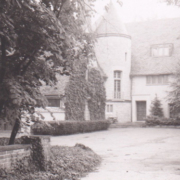
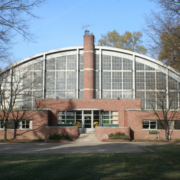
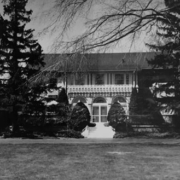
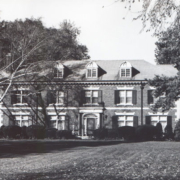
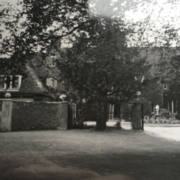
Leave a Reply
Want to join the discussion?Feel free to contribute!